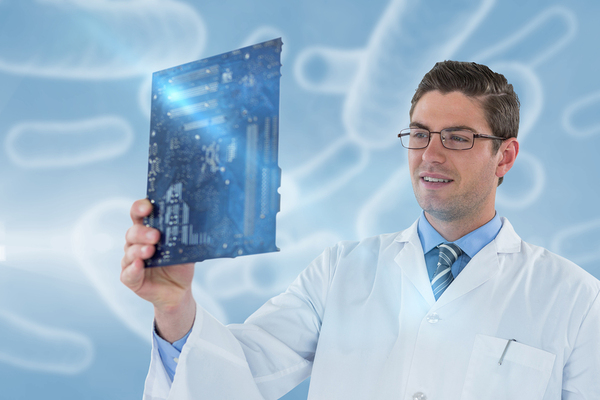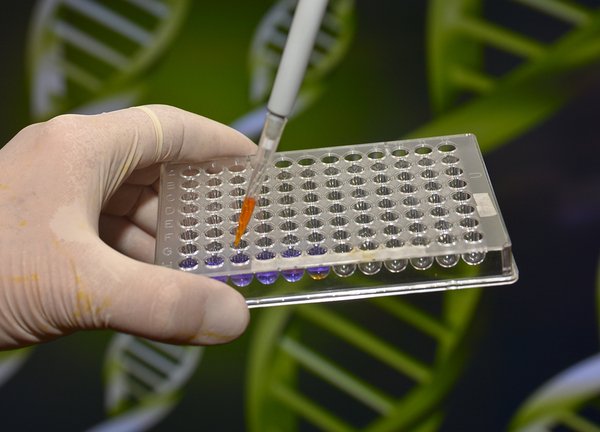7 Biomedical Engineering Breakthroughs that Changed Lives
Biomedical engineering is a field that entails development of both devices and procedures that improve the lives of patients and allow healthcare professionals to solve problems more effectively. Earning a biomedical engineering degree can literally help you change the world.
Advances in biomedical technology have improved countless lives.

Considering a biomedical engineering degree?
Here are some of the breakthroughs that have occurred in biomedical engineering throughout its history that have had the biggest impact and changed lives.
1. X-ray machines.
This century-old technology allows medical professionals to see broken bones, dental cavities, and other things inside the human body that need attention. X-ray machines inform many common medical treatments and give information without being invasive. MRI and ultrasound technologies are variations on X-ray machines, and taken together, have greatly advanced the health care system and made better patient care possible.
2. Electrocardiographs.
Another century-old technology, EKG machines can tell doctors whether a patient’s heart is functioning normally or needs more study or treatment. EKGs do not always show signs of heart disease, however. They can be done while a patient is resting, during exercise, or with continuous monitoring to show how the heart reacts to daily activities.
3. Nanotechnology.
Nanoparticles are tiny, often microscopic particles that are increasingly used to detect and treat various forms of cancer at an almost cellular level. Nanomaterials are used to carry dyes to very small areas as contrast agents to detect tumors and to carry treatment drugs directly to cancer instead of having to treat a larger area (or the entire body).

4. Brain-Machine Interface.
These devices help people’s brains communicate with prosthetic limbs, wheelchairs, and other assistive devices to make them move. When they were first developed in 2012, they cost six figures, but with continued advancement, costs are coming down while effectiveness continues to improve.
5. Eko Core.
This device takes data gathered from a stethoscope and puts it on the cloud, where a doctor can download it onto a smartphone or a tablet. This data is more accurate and definitive than a doctor’s listening alone, and can be used to avoid specialist care when it isn’t really needed.
6. Bluetooth Pulse Oximeter.
Monitoring a patient’s blood oxygen level just got a lot easier with the recent introduction of two devices that use Bluetooth to deliver the information to a smartphone or tablet using an app, allowing doctors to more closely keep track of a patient’s condition.
7. Genome editing.
Technology termed CRISPR has been called the discovery of the century, with journalists predicting that the scientists who developed it would get the 2015 Nobel Prize in Chemistry (they didn’t, but it was still a huge breakthrough). CRISPR allows genetic code to be modified so that diseases and pathogens can be eliminated, and with further development, may revolutionize medicine in numerous ways.
A biomedical engineering degree from Florida Tech will allow you to become part of the research and creation of biomedical devices and technologies that can change the lives of the next generation. Whether as a doctor, researcher or biomedical manufacturer, you can make your contribution to the world by using your skills and creativity, which were learned and practiced at Florida Tech. Learn more about our Biomedical Engineering program today!
%CODE1%





